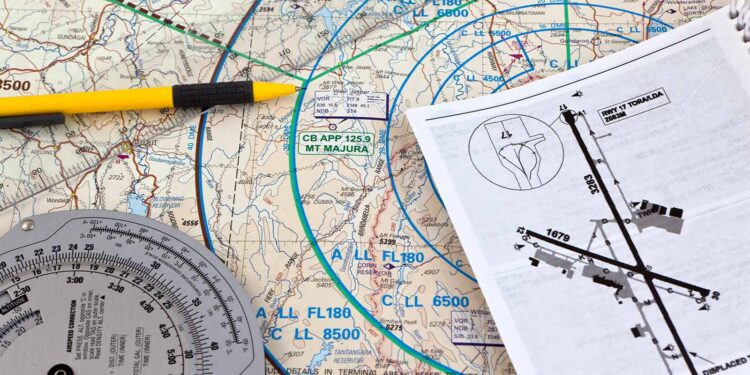It’s been a year since the cospas-sarsat program stopped monitoring 121.5Mhz for distress signals. However, Transport Canada has provided a grace period for aircraft owners to move to the new 406Mhz ELTs.
This means that potentially nobody is listening on 121.5Mhz for the ELT signal.
The new system offers way more advantages to the old one. Mainly the ability to encode your GPS location in the distress signal so that Search and Rescue can come to your aid more quickly.
To be honest, whenever I’ve flown an aircraft with dual radios, I’ve never tuned to 121.5Mhz on the secondary radio. I mostly used the secondary radio to listen to traffic/calls for the area that I would be entering in the future.
The new 407Mhz ELTs still broadcast on 121.5Mhz along with distress calls and communications by intercepting aircraft. So my question to you is, do you still monitor 121.5?
[Note: I updated to correct the article. Thanks Richard!]


Although you shouldn’t hear any ELTs broadcasting on 121.5Mhz
Not sure what you mean by this, but all ELTs approved for use in Canada, both TSO C91 (aka 121.5) and TSO C126 (aka 406) have 121.5MHz broadcast signals when activated. The on in TSO C126 units is not as strong and is used primarily for final homing.
Also, since the Minister Transport of the rejected the the regulation requiring the migration to TSO C126 ELTs, until the new regulation is re-issued both TSO C91 and TSO C126 are approved ELTs for Canadian registered aircraft.
You are correct that TSO C126 ELTs have many advantages for pilots and their passengers: sattelite alerting, more accuracy, and GPS integration; and for SAR units: aircraft ID encoded in the signal, instrument pannel and aural activation alerting which should reduce false alerts.
High fliers, equipped ATS installations and many GA pilots continue to monitor and report any ELT signals heard on 121.5MHz. Mainly those who used to monitor 121.5MHz generally continue to do so.
Richard,
Thanks for the clarification. I did some more research after I posted this and 121.5Mhz is still used for homing on 406Mhz ELTs. You are right (of course!)
I’m not 100% up to speed with regards to the entire TSO C91 and TSO C126 battle.
In my mind I dont understand why people shouldn’t make moving to the TSO C126 ELTs a priority. If it was, the Feb 1, 2009 deadline wouldn’t have been an issue.
You cant put a price in safety.
A lot of airliners monitor it as SOP. when we get an elt report, we usually get a TON of them (implying that a lot of people are listening)
We (ATC) monitor 121.5 but obviously we are ground based, so we only get elts that are on in the air, or ones in the immediate vicinity of our reciever. However, I want to emphasize that if you are in an emergency situation, broadcasting on 121.5 is a great idea, because there is pretty decent coverage within our building, and even better coverage by airlines. Make those calls, they will probably do you more good than an elt!
Joe
In a densely populated area like the GTA, there’s no room in the radio stack or indeed in our earspace for 121.5, but up in the boonies it’s quite common for one radio to be on 126.7 and the other on 121.5. There’s nothing else to tune, and we’re all voyeurs should there be anything happen on the emergency frequency.